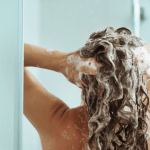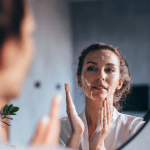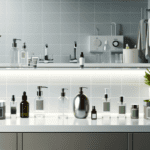Introduction to Sulfates in Skincare
Defining Sulfates and Their Common Use in Skincare Products
Sulfates, often spelled sulphates, are a class of chemical compounds that include the sulfate ion (SO42-). Originating from sulfuric acid (H2SO4), sulfates are prevalent in various industries, including skincare, due to their surfactant properties. As surfactants, they reduce the surface tension between substances, such as oil and water, making them effective cleansing agents. The most common sulfates in skincare are Sodium Lauryl Sulfate (SLS) and Sodium Laureth Sulfate (SLES), known for their ability to create a rich lather and remove impurities from the skin.
Overview of the Debate on Sulfate Safety
The use of sulfates in skincare has sparked a debate concerning their safety and potential health effects. While regulatory bodies have deemed sulfates like SLS and SLES safe for use in personal care products at appropriate concentrations, concerns persist. Critics argue that sulfates can strip the skin of natural oils, leading to dryness and irritation, particularly in individuals with sensitive skin or certain skin conditions. Additionally, there are environmental concerns regarding the biodegradability of sulfates and their effects on aquatic life. This ongoing debate has led to the rise of sulfate-free products and alternative cleansing agents.
Purpose of the Article and What to Expect
The purpose of this article is to delve into the real effects of sulfates in skincare, examining both the scientific evidence and the anecdotal experiences of consumers. Readers can expect a comprehensive analysis of sulfates, including their chemical properties, roles in skincare products, potential health concerns, and environmental impact. The article will also explore sulfate-free alternatives, their benefits, and how consumers can make informed skincare choices. By the end of this article, readers will be empowered with knowledge to navigate the complex landscape of sulfates in skincare and make decisions that align with their health, safety, and personal values.

Doubting chemicals in skincare and femcare? Well done! Choose chemical-free products whenever possible.
Understanding Sulfates and Their Role
Chemical Properties of Sulfates
Sulfates are a category of chemicals that are salts of sulfuric acid. When sulfuric acid reacts with another chemical, it forms a sulfate. In skincare and personal care products, the most commonly encountered sulfates are sodium lauryl sulfate (SLS) and sodium laureth sulfate (SLES). These compounds are surfactants, which means they have the ability to attract both oil and water molecules. This dual attraction is due to their molecular structure, which has a hydrophilic (water-attracting) “head” and a hydrophobic (oil-attracting) “tail”.
Why Sulfates Are Used in Skincare Products
Sulfates are included in skincare products primarily for their cleansing and foaming properties. They are effective detergents that help to remove oil, dirt, and other impurities from the skin and hair. The lathering effect that sulfates produce is not only psychologically satisfying for many consumers but also allows for the even distribution of the product over the skin or hair, enhancing the cleaning process. Additionally, sulfates can create a feeling of cleanliness and freshness, contributing to the overall sensory experience of using the product.
Types of Sulfates Found in Skincare
The most prevalent sulfates in skincare and personal care products are:
- Sodium Lauryl Sulfate (SLS): Known for its strong degreasing abilities, SLS is a common ingredient in cleansers and shampoos.
- Sodium Laureth Sulfate (SLES): A gentler cousin of SLS, SLES provides effective cleansing with reduced irritation.
- Ammonium Lauryl Sulfate (ALS): Similar to SLS but derived from ammonium, ALS is another surfactant used for its foaming properties.
These sulfates can vary in concentration and are chosen based on the desired characteristics of the product, such as the level of cleansing required or the intended gentleness of the formula.
The Cleansing Mechanism of Sulfates
The cleansing action of sulfates is based on their surfactant nature. When applied to the skin or hair, sulfates work by surrounding and trapping oil and dirt particles, which are then rinsed away with water. This process is facilitated by the reduction of surface tension in the water, allowing the product to spread and penetrate more effectively. The foaming action helps to lift and suspend the impurities, making them easier to wash off. However, this powerful cleansing ability can sometimes strip away too much of the skin’s natural oils, leading to dryness or irritation, particularly in individuals with sensitive skin.
Understanding the role of sulfates in skincare products is crucial for making informed choices about the products we use. While sulfates are effective cleansers, their potential for irritation and the availability of gentler alternatives may influence consumer preferences and product formulations.
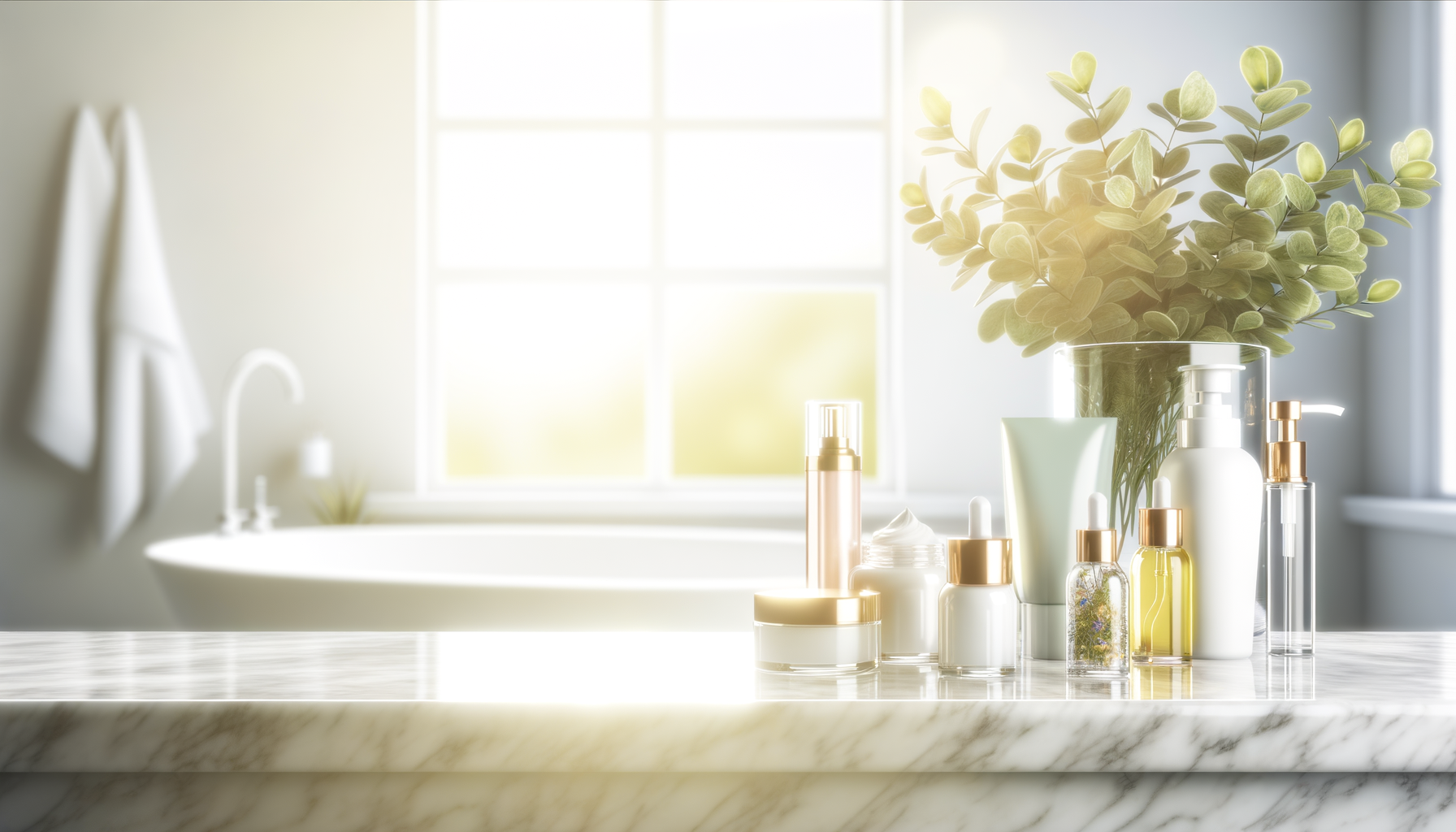
Popular Read: Endocrine Disruptors in Skincare: What You Need to Know
Potential Health Concerns
Skin Irritation and Sensitivity
One of the most common concerns with sulfates like sodium lauryl sulfate (SLS) and sodium laureth sulfate (SLES) is their potential to cause skin irritation. These ingredients are effective at removing oils and dirt, but they can also strip the skin of its natural lipids, leading to dryness, itchiness, and redness. For individuals with sensitive skin, sulfates may exacerbate conditions such as eczema or rosacea, resulting in increased inflammation and discomfort. The risk of irritation is particularly high when products containing high concentrations of sulfates are left on the skin for extended periods.
Possible Links to Hormonal Disruption
While there is no conclusive evidence that sulfates directly cause hormonal disruptions, some studies suggest that long-term exposure to certain sulfate compounds may have endocrine-disrupting effects. These effects could potentially interfere with hormone levels and functions in the body. However, more research is needed to fully understand the implications of sulfates on hormonal health.
Concerns Regarding Carcinogenicity
The debate over whether sulfates are carcinogenic has been ongoing, with some claiming that these chemicals can lead to cancer. However, authoritative bodies such as the Food and Drug Administration (FDA) and the American Cancer Society have not classified sulfates as carcinogens. It is important to note that while sulfates themselves are not considered carcinogenic, the process of ethoxylation, which is used to create SLES, can lead to contamination with 1,4-dioxane, a substance that has been identified as a potential human carcinogen. Manufacturers often remove this contaminant, but trace amounts can remain.
Impact on Aging Skin
As the skin ages, it naturally becomes drier and more sensitive. The use of harsh surfactants like sulfates can further compromise the skin’s barrier function, leading to increased transepidermal water loss and accentuating signs of aging such as fine lines and wrinkles. Additionally, the irritation caused by sulfates can lead to chronic inflammation, which is known to accelerate the aging process. Therefore, individuals with aging skin may benefit from sulfate-free products that are gentler and less likely to cause irritation.

Do you have the most commonly used but toxic, disease bringing chemicals in your skin care? Many chemicals in skincare are hormone disruptors and make menopause symptoms worse.
Find out more…
Sulfates and Environmental Impact
Biodegradability of Sulfates
When considering the environmental impact of sulfates, their biodegradability is a crucial factor. Biodegradability refers to the ability of substances to be broken down by microorganisms into simpler, non-toxic components that can be assimilated into the environment. While some sulfates, such as sodium lauryl sulfate (SLS), are considered to be biodegradable, the rate and extent of their biodegradation can vary depending on environmental conditions. Factors such as temperature, pH, and the presence of specific bacteria influence how quickly sulfates are broken down. It is important to note that while biodegradability lessens the long-term environmental impact, it does not eliminate the immediate effects sulfates may have on aquatic ecosystems.
Effects on Aquatic Life
The presence of sulfates in water bodies can have detrimental effects on aquatic life. High concentrations of sulfates can lead to toxicity in aquatic organisms, affecting their reproduction, growth, and overall health. For instance, sulfates can combine with other minerals in the water to form compounds that are harmful to fish and invertebrates. Additionally, the surfactant nature of sulfates allows them to reduce the surface tension of water, potentially impacting the respiratory function of aquatic species that rely on the water’s surface for oxygen exchange. The introduction of sulfates into waterways is often a result of industrial runoff, household waste, and the breakdown of consumer products that go down the drain.
Environmental Regulations and Sulfates
Given the potential environmental hazards, sulfates are subject to regulation in various parts of the world. Regulatory bodies such as the Environmental Protection Agency (EPA) in the United States and the European Chemicals Agency (ECHA) in the European Union have established guidelines and standards to control sulfate emissions and concentrations in the environment. For example, the California Ambient Air Quality Standard sets a limit for sulfate concentration in the air to protect public health and the environment. These regulations aim to reduce the release of sulfates into the environment from industrial processes and to ensure that consumer products containing sulfates do not contribute to environmental degradation. However, enforcement and compliance with these regulations can vary, and there is ongoing debate about the adequacy of current standards in protecting ecosystems.
In conclusion, while sulfates serve a functional role in skincare and cleaning products, their environmental impact cannot be overlooked. The biodegradability of sulfates offers some mitigation, but the effects on aquatic life and the need for stringent environmental regulations highlight the importance of responsible sulfate management. As consumers become more environmentally conscious, the demand for products that are both effective and eco-friendly is likely to increase, prompting further research and development of sustainable alternatives to sulfates.
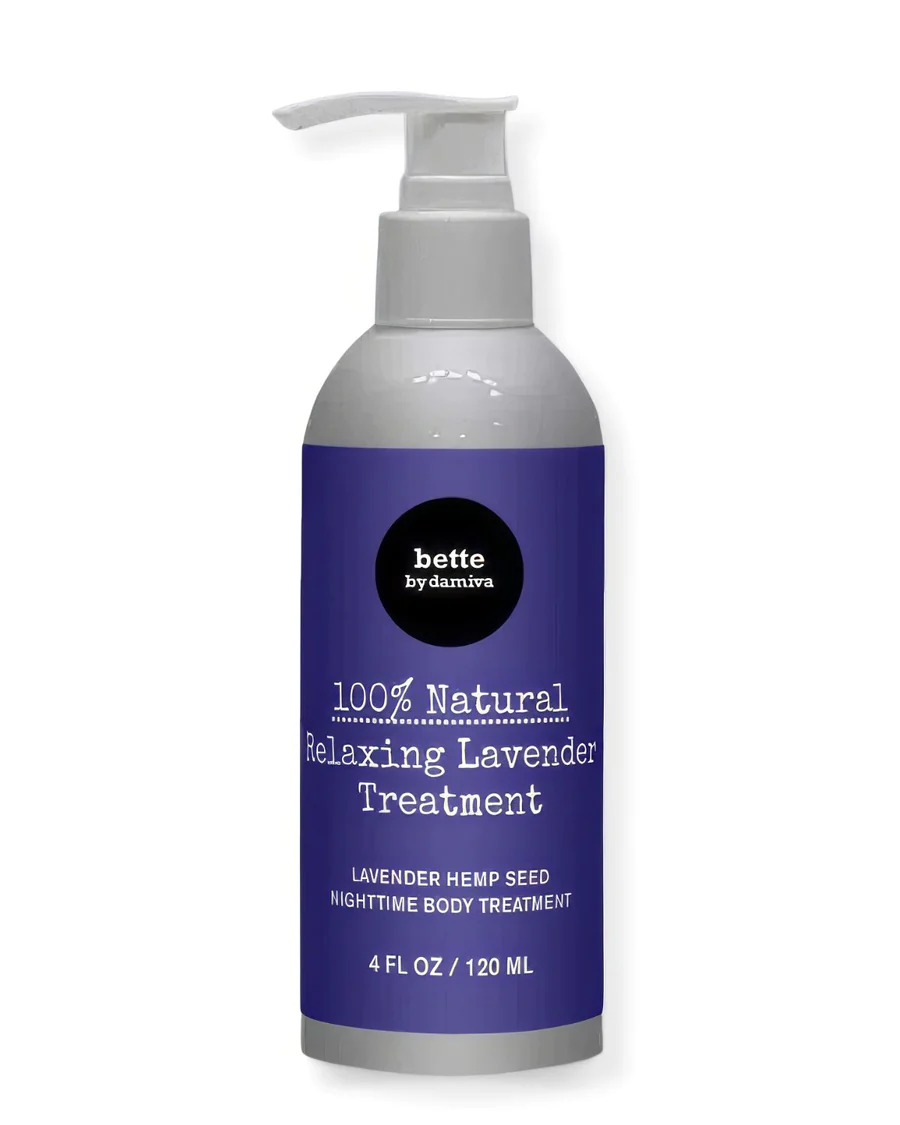
Bette 100% All-Natural Relaxing Lavender Body Lotion.
Chemical-Free
Your relaxing night time body moisturizer to leave the day’s stress behind. Decompress and wish your body good night with the calming scent of lavender.
Alternatives to Sulfates in Skincare
Natural and Organic Cleansing Agents
As consumers become more conscious of the ingredients in their skincare products, the demand for natural and organic alternatives to sulfates has risen. These alternatives include ingredients like decyl glucoside and lauryl glucoside, which are derived from natural sources such as corn glucose and coconut oil. These gentle surfactants are not only effective at cleansing but also maintain the integrity of the skin’s natural barrier.
Benefits of Sulfate-Free Products
Switching to sulfate-free products can offer numerous benefits, particularly for those with sensitive or reactive skin. Without the harsh stripping action of sulfates, sulfate-free cleansers help to preserve the skin’s natural oils, leading to improved hydration and less irritation. Additionally, for individuals with colored hair, sulfate-free shampoos can help maintain color vibrancy for longer periods.
How to Identify Sulfate-Free Skincare
To identify sulfate-free skincare products, it’s essential to read the ingredient labels. Look for terms like “sulfate-free” or check for the absence of common sulfates such as sodium lauryl sulfate (SLS) and sodium laureth sulfate (SLES). Moreover, certifications such as organic or eco-friendly can also indicate a product’s commitment to avoiding harsh chemicals.
Effectiveness of Sulfate-Free Options
There’s a misconception that sulfate-free products do not clean as effectively due to their lack of lather. However, this is not the case. Sulfate-free cleansers can remove dirt, oil, and makeup just as efficiently without the aggressive action that can lead to skin issues. Ingredients like sodium cocoyl glycinate and sodium lauryl sulfoacetate are examples of mild yet effective cleansing agents that are kinder to the skin and the environment.
In conclusion, the shift towards sulfate-free skincare is not just a trend but a reflection of a growing awareness of the importance of gentle, yet effective cleansing. By choosing products with natural and organic cleansing agents, consumers can enjoy the benefits of clean, healthy skin without the potential adverse effects of sulfates.
Tip: Reduce Your Chemical Load from Lotions, Balms, and Creams
The most effective advice is to steer clear of skincare products that contain water. This is because water promotes the growth of microbes, compelling brands and manufacturers to incorporate synthetic chemicals as preservatives. Many of these chemicals pose a risk to humans, animals, and the environment by
– Disrupting the hormonal system
– Potentially causing cancer
– Reducing fertility
– Other potential health risks
Opting for water-free products like lotions, creams, and balms, which can be formulated without chemicals, is a straightforward way to evade these added chemicals. To conclude, since endocrine disruptors in personal care products pose a hidden but substantial threat, making informed decisions and taking a proactive stance towards personal care can significantly minimize your exposure.
Navigating Skincare Choices for Health and Safety
Understanding Labels and Ingredients
Deciphering skincare labels is the first step towards making informed choices. It’s essential to recognize that not all sulfates are created equal, and their concentration matters. Look for names like Sodium Lauryl Sulfate (SLS) and Sodium Laureth Sulfate (SLES), which are common sulfates in skincare. Remember, a product’s ingredient list is ordered by concentration, so ingredients listed first are present in higher amounts.
The Importance of Personal Research
Conducting your own research is crucial. While sulfates have been deemed safe by regulatory bodies, individual reactions can vary. Researching scientific studies, reading expert opinions, and staying updated on regulatory changes can empower you to make choices aligned with your health and safety concerns.
Consulting with Dermatologists and Experts
Consulting with dermatologists or skincare experts can provide personalized advice. These professionals can help you understand how sulfates may affect your specific skin type and recommend suitable products or alternatives based on your skin’s needs.
Balancing Skincare Efficacy with Safety
Finding a balance between efficacy and safety is key. While sulfates are effective cleansers, they may not be necessary for everyone. Consider sulfate-free options if you have sensitive skin or are concerned about potential irritation. However, if sulfates do not irritate your skin, they can be a valuable component of your skincare routine for their cleansing properties.
Conclusion: Making Informed Skincare Decisions
Summarizing the Real Effects of Sulfates
Sulfates, particularly Sodium Lauryl Sulfate (SLS) and Sodium Laureth Sulfate (SLES), have been a cornerstone in skincare formulations due to their effective cleansing properties. However, their potential to cause skin irritation, disrupt natural oil balance, and contribute to environmental pollution has led to a growing concern among consumers. While regulatory bodies have deemed sulfates safe in limited concentrations, the debate on their long-term effects continues. It is essential to recognize that sulfates can be harsh on sensitive skin and may not be the most sustainable choice for the environment.
Empowering Consumers Through Knowledge
Empowerment in skincare comes from understanding the ingredients in the products we use. Consumers are encouraged to read labels, research ingredients, and stay informed about the latest scientific findings. Resources like the Environmental Working Group’s Skin Deep Database offer valuable insights into ingredient safety. By being proactive and educated, consumers can make choices that align with their health and environmental values, opting for products that are both effective and safe.
Final Thoughts on Sulfates in Skincare
In conclusion, sulfates have played a significant role in the skincare industry, but their potential adverse effects cannot be overlooked. As we navigate the complex world of skincare ingredients, it is crucial to weigh the benefits and drawbacks of sulfates. For those with sensitive skin or environmental concerns, sulfate-free alternatives may be the preferred choice. Ultimately, informed decisions come from a place of knowledge and understanding. By prioritizing both efficacy and safety, consumers can take control of their skincare routines, ensuring that the products they choose support not only their skin’s health but also the well-being of the environment.


